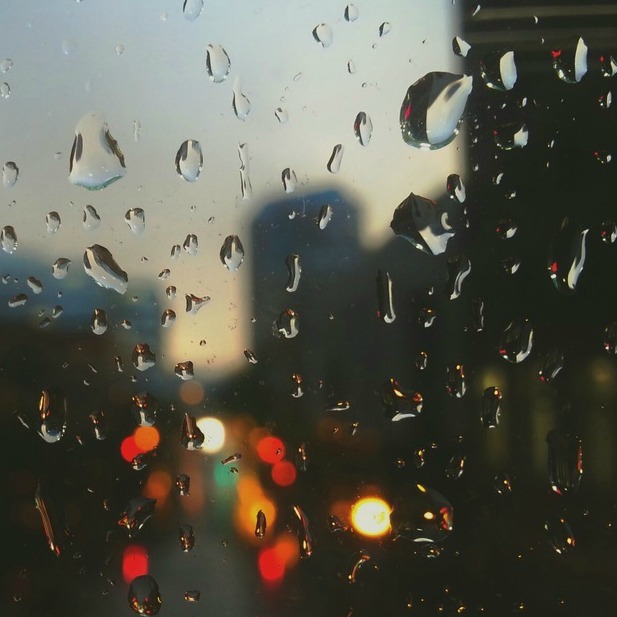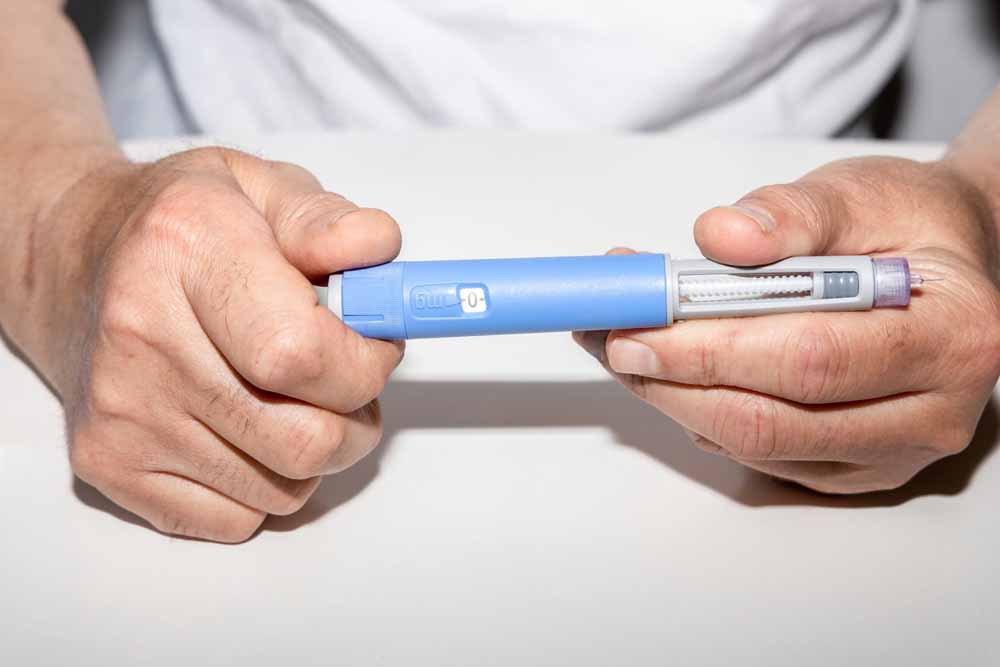Ah the rain in Arizona! Natives absolutely love it and people new to the sonoran desert are a bit bewildered by the amount of rain their new home actually gets every year…
Especially during monsoon season – this post isn’t about monsoon season but we definitely have those safety tips for you too!
No, this post is about all the other random times we get rain in Tucson and Arizona…
People get a little… well wacky!
We don’t mean rain dancing and witch hunting…that may happen…
No! We mean drivers treat driving in the rain in Arizona either as just another day plus rain OR…
We freak out and drive like we are driving in a flood…
How many of you are nodding your heads vigorously right now?
Yep. We get it but we also know how seriously dangerous it can be driving in rain especially when it hasn’t rained in a long time…
Here are the basic but vital safety tips for driving in the rain (especially in Arizona). Keep these in mind and you’ll be sailing through the road.
Before you go: Wet-weather driving demands gentle use of all the main controls – steering, clutch, brake and accelerator – and a larger allowance for errors and emergencies. When you begin a journey in rain, your shoes will be wet and liable to slip off the pedals. Scuff the soles on the rubber matting or carpeting of the car before you start the engine. All motorists should regularly check that their headlights, tail lights, brake lights and turn signals are working properly.
Slow Down and Leave Room: Slowing down during wet weather driving can be critical to reducing a car’s chance of hydroplaning, when the tires rise up on a film of water. With as little as 1/12 inch of water on the road, tires have to displace a gallon of water per second to keep the rubber meeting the road. Drivers should reduce their speed to correspond to the amount of water on the roadway even if it’s a light rain. That’s what Arizona drivers tend to miss – even at speeds as low as 35 mph (which is a lot of roads in Tucson), new tires can still lose some contact with the roadway.
Extra Slick:Watch for intersections because of the oil spots in the road. Rain is most dangerous when it falls after a long, dry spell on to roads that have become polished and smooth: the rain blends with oil and rubber-dust deposits on the road surface to form a highly dangerous skid mixture. That mixture builds up at intersections, where cars stop and start frequently. Be extra careful immediately after it starts raining because it takes a while for the worst of the dirt and oil to get washed off the road.
No Time To Cruise: If you are on a long stretch of highway, cruise control is the way to go… just not during rain! The chance of losing control of the vehicle can increase. To prevent loss of traction, the driver may need to reduce the car’s speed by lifting off the accelerator, which cannot be accomplished when cruise control is engaged.
Skkkkkiding: Even careful drivers can experience skids. If a driver feels their car begin to skid, it’s important to not panic and follow these basic steps:
- Continue to look and steer in the direction in which the driver wants the car to go.
- Avoid slamming on the brakes as this will further upset the vehicle’s balance and make it harder to control
Round Tires = Bad Tires: Check your tires on a regular basis. Bald tires significantly reduce your traction on wet roadways, and offer little resistance to hydroplaning. When your tires run over water, the water is displaced and it needs somewhere to go quickly. The best place is between the treads of your tires. If your tires are bald, the water has no place to go and you end up riding on a layer of water, like a boat.
Wipers That Work: Replace your wipers regularly, at least once a year. Wiper blades in bad condition don’t clear water from the windshield very well and distort your view. Older vehicles may need to have the whole wiper arm replaced. The arms bend over time and sometimes can’t keep enough downward pressure to clear the windscreen, even with new blades installed. Wipers will often clear light rain from the windscreen with a few sweeps, then run on an almost-dry screen and leave smears of drying dirt.
Let There Be Light: Whenever visibility is poor or it rains, headlights are a good way to let other drivers know where you are. It’s both helpful to other travelers and makes you more safe. Remember, you are not the only one affected by poor visibility. You may be able to see cars without their headlights on but others may not have vision or windshield wipers as good as yours. Many states require headlights to be turned on when it is raining or when visibility is reduced to less than 500 feet.
Heavy Rain: Heavy rain can overload the wiper blades, allowing an almost continuous sheet of water to flow over the screen. When visibility is so limited that the edges of the road or other vehicles cannot be seen at a safe distance, it is time to pull over and wait for the rain to ease up. It is best to stop at rest areas or other protected areas. If the roadside is your only option, pull off as far as possible, preferably past the end of a guard rail, and wait until the storm passes, seldom more than a few minutes. Keep your headlights on and turn on emergency flashers to alert other drivers.
Foggy Windows (Titanic Style): Rain or high humidity can quickly cause windows to mist up inside the car. In a car equipped with air conditioning, turn up the heat and direct the airflow to your defrosters with the AC switch engaged. (Many cars automatically engage the AC when switched to the defrost mode.) In a car without AC the procedure is the same, but you may need to open your side windows to get the air moving. Most modern cars have a built-in rear window defroster that easily clears a misted rear windscreen by heating up electrodes embedded in the glass.
Be a Middle Man: Leave lots of space between you and the car in front because it takes longer to stop. You’re supposed to leave a few seconds between cars in dry weather. Make sure you add space in wet weather because if you have to hit the brakes hard, your tires will lock up, you will hydroplane and you will most likely hit the car in front of you. If available, drive in the fast lane, where there are fewer cars and less oil deposited on the road. Also, because of the built-in slope of the road, water drains towards the slower lanes. Avoid lane changes, as water tends to build up between the tire ruts in the lanes.
Check Your Brakes: If you successfully pass through a deep water hazard, test your brakes. They may be saturated, and only driving very slowly and braking lightly at the same time will generate enough heat to dry them out. Be sure they are pulling evenly on all wheels before building up speed again.
Although, the majority of the year is all sunshine here in Arizona, the monsoons cause many auto accidents because us locals have limited experience when driving in the rain! The above tips should be considered while driving in the rain to avoid auto accidents.
Remember this is all for driving in the rain… playing in the rain is a whole different game 🙂
Drive safely out there no matter the weather!
*Thanks to SmartMotorist.com for many of these safety tips!
If you have been injured in a car accident during this monsoon season, give us a call. We will get your questions answered quickly so that you can move on with your daily routine!




